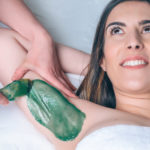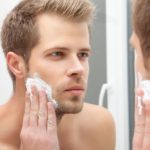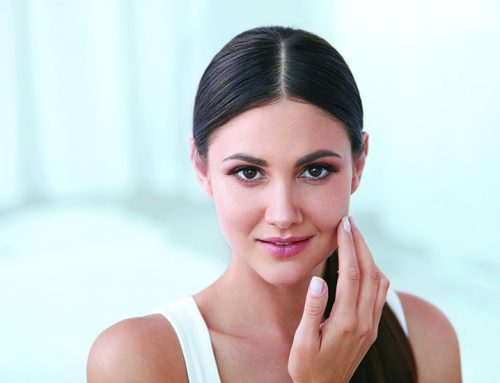Question:
I have been troubled by deep and enlarged pores on both sides of my face for many years. I will usually use cosmetics to cover them up. Are there any treatments to eliminate deep and enlarged pores from my face?
Answer:
Enlarged pores are caused by undulations between the superficial layer (epidermis) and the deep layer (dermis) of the skin. There are three main causes of enlarged pores: increased sebum or oil production; decreased elasticity of skin around the pores, especially in aged skin; and increased hair follicle volume, especially in areas with thick hair. In addition, increased pore size is also linked to chronic pimples, stimulation by sex hormones, inappropriate use of cosmetics and cleansers, sun exposure and genetics.
Enlarged pores are often found on the nose and cheek (areas adjacent to the nose) as these areas have more sebaceous glands, producing more sebum. People often mistake pitted scars left from past pimples for enlarged pores. These enlarged pores affect individuals of both sexes, from all races and across a wide age group. When you use make-up to cover up your pores, the pores are often made more prominent instead, due to the undulations of the skin.
Following are some ways to treat these pores:
Increased sebum production
We can reduce sebum production with the application of a retinoid cream, a form of medical grade vitamin A. Oral medical grade vitamin A, known as isotretinoin, is especially useful when the increased sebum is associated with the presence of severe pimples.
Other medications that reduce sebum secretion include cyproterone, which is found in some oral contraceptives, and spironolactone, which blocks off androgen receptors. These receptors are sensitive to male hormones and cause the sebaceous glands to secrete more sebum.
Chemical peeling such as using salicylic acid peels can also improve oily and pimple-prone skin.
It is important to wash your skin two to three times a day with a cleanser that does not contain oils, wax or fatty agents. Use moisturisers, sunblocks and other treatment creams that are non-comedogenic, non-oily and non-occlusive. Creams containing active ingredients like Orthosiphon stamineus leaf extract. L-carnitine and niacinamide are useful in reducing the oily appearance of skin.
In terms of diet, you should avoid high glycemic index carbohydrates found in sweet foods as these provide substrate for sebum production.
Decreased elasticity of skin
This condition can be treated using lasers, intense pulsed light (IPL) and creams like tretinoin and tarzarotene which can increase collagen and elastin production in the skin.
Increased hair follicle volume
This condition can be easily treated with hair removal devices like lasers and intense pulsed light.
Dr Steven Ang
Family Physician
Dr Steven Ang Aesthetic & Family Clinic
Dr Steven Aesthetics and Laser Clinic
www.stevenaesthetics.com









